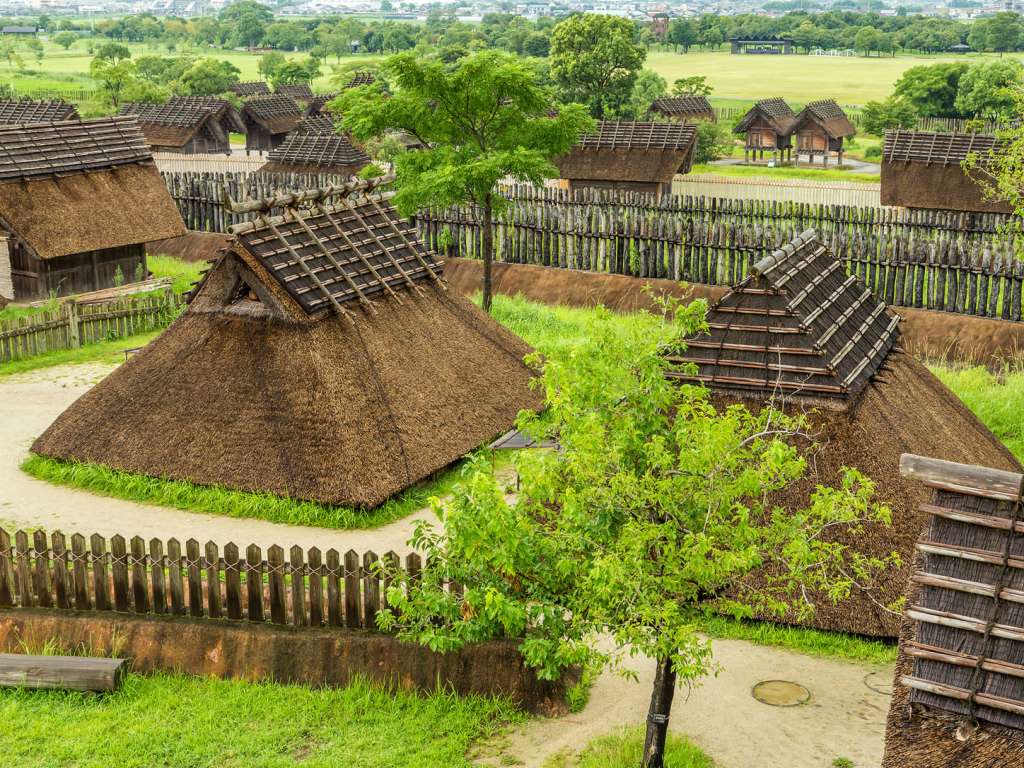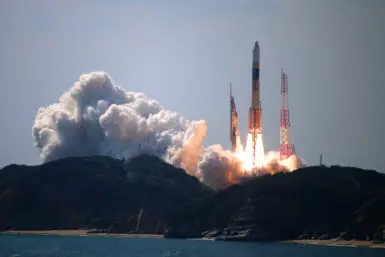Tucked between Fukuoka and Nagasaki prefectures in the northwestern part of Kyushu, Saga Prefecture is blessed with a natural landscape abundant with fresh produce and the natural ingredients required for delicious sake.
While also renowned for tea and onsen towns, Saga boasts an ancient ceramics tradition, with entire towns dedicated to pottery and porcelain. It also offers some interesting coastal environments with Karatsu on the north coast, and Kashima and Tara on the south.
Saga city is the capital of Saga Prefecture. It’s lively and known for having Japan’s largest number of statues of Ebisu (approximately 800 in total), the god of prosperity and wealth in business. The Saga Ebisu Shrine, located on the grounds of Yoka Shrine, features statues of Ebisu instead of the usual guardian lion-dogs. Not far from the shrine are the ruins of Saga Castle. Here is a history museum that is a reconstruction of the castle’s main keep from the Edo Period (1603-1868).
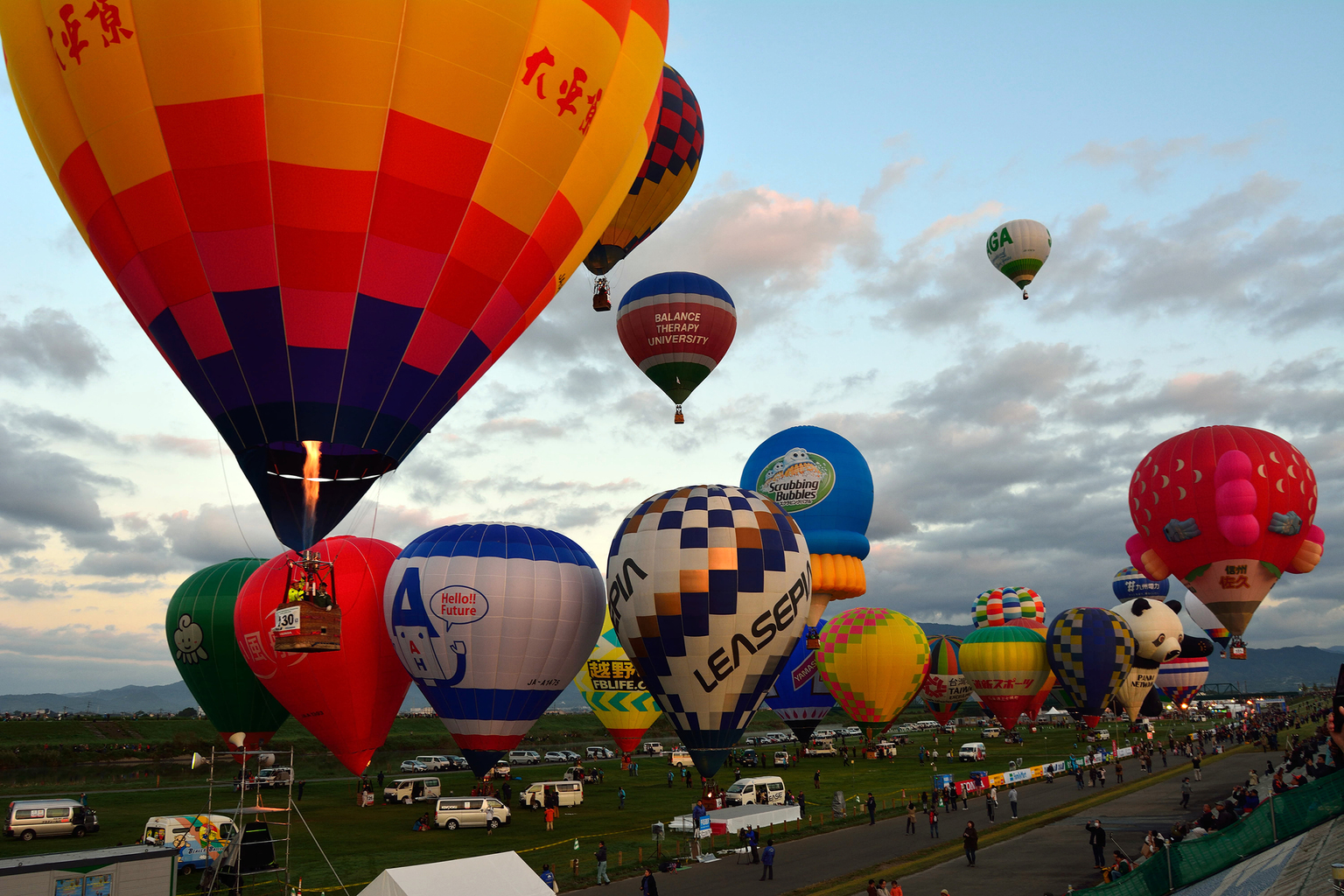
Saga International Balloon Fiesta
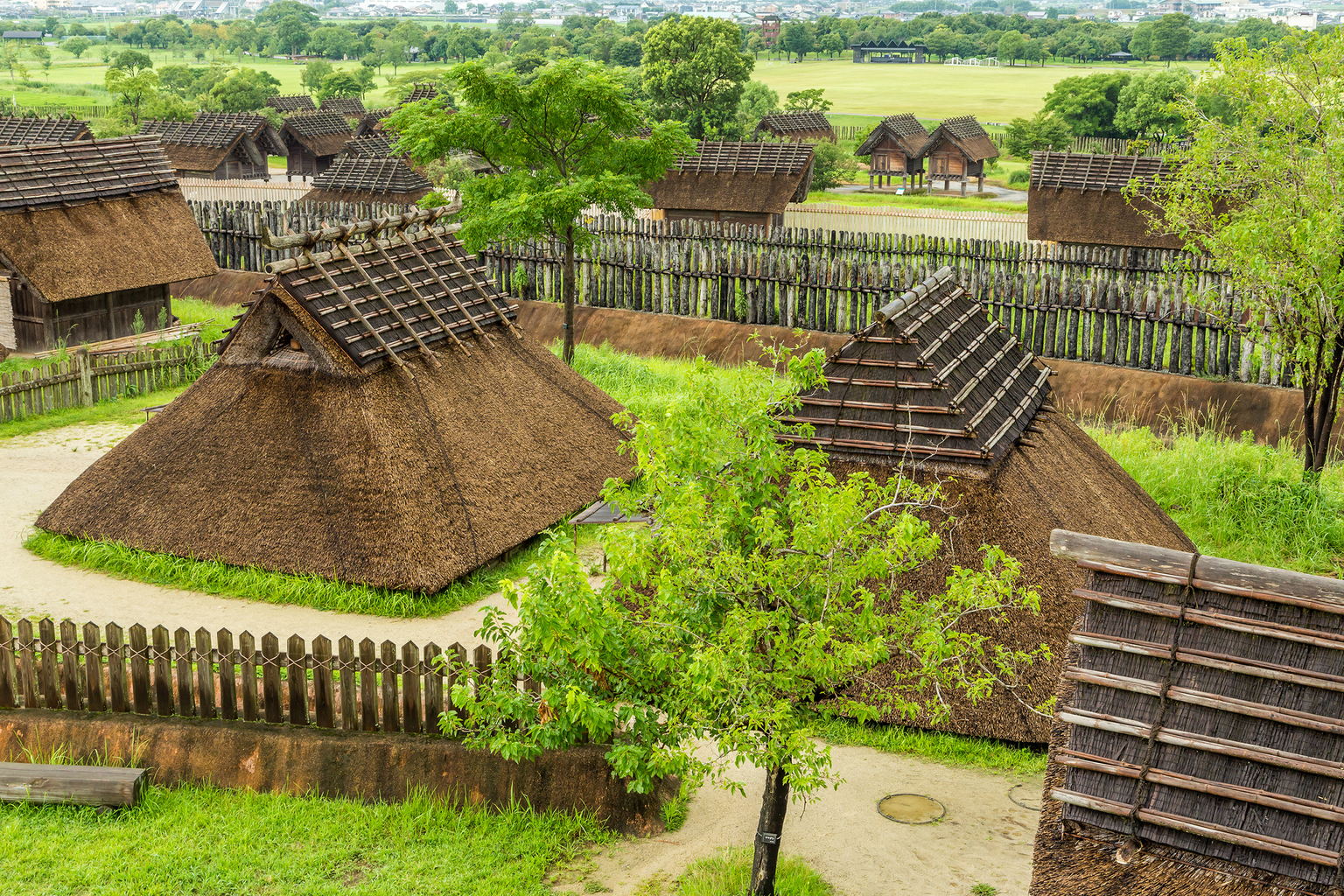
Saga Yoshinogari Park
It is also home to the Saga International Balloon Fiesta, during which the sky fills up with colorful hot air balloons every October.
Near Saga city is also Yoshinogari Historical Park, an archaeological site home to a Japan’s largest and most important settlement from the Yayoi Period (300 BC to 300 AD).
At Saga’s northernmost tip is Karatsu. The city is known for Karatsu ware, a famous style of pottery with a simple design often used in tea ceremony. Karatsu also features a beautiful castle and historic parts of the town that are still intact.
Every year from November 2 to 4, the city holds a festival called Karatsu Kunchi, which draws people from all over Japan to see its majestic floats pulled through the town from Karatsu Shrine to Nishino Beach. The enormous floats and the cheerfulness of the people is an awe-inspiring experience.
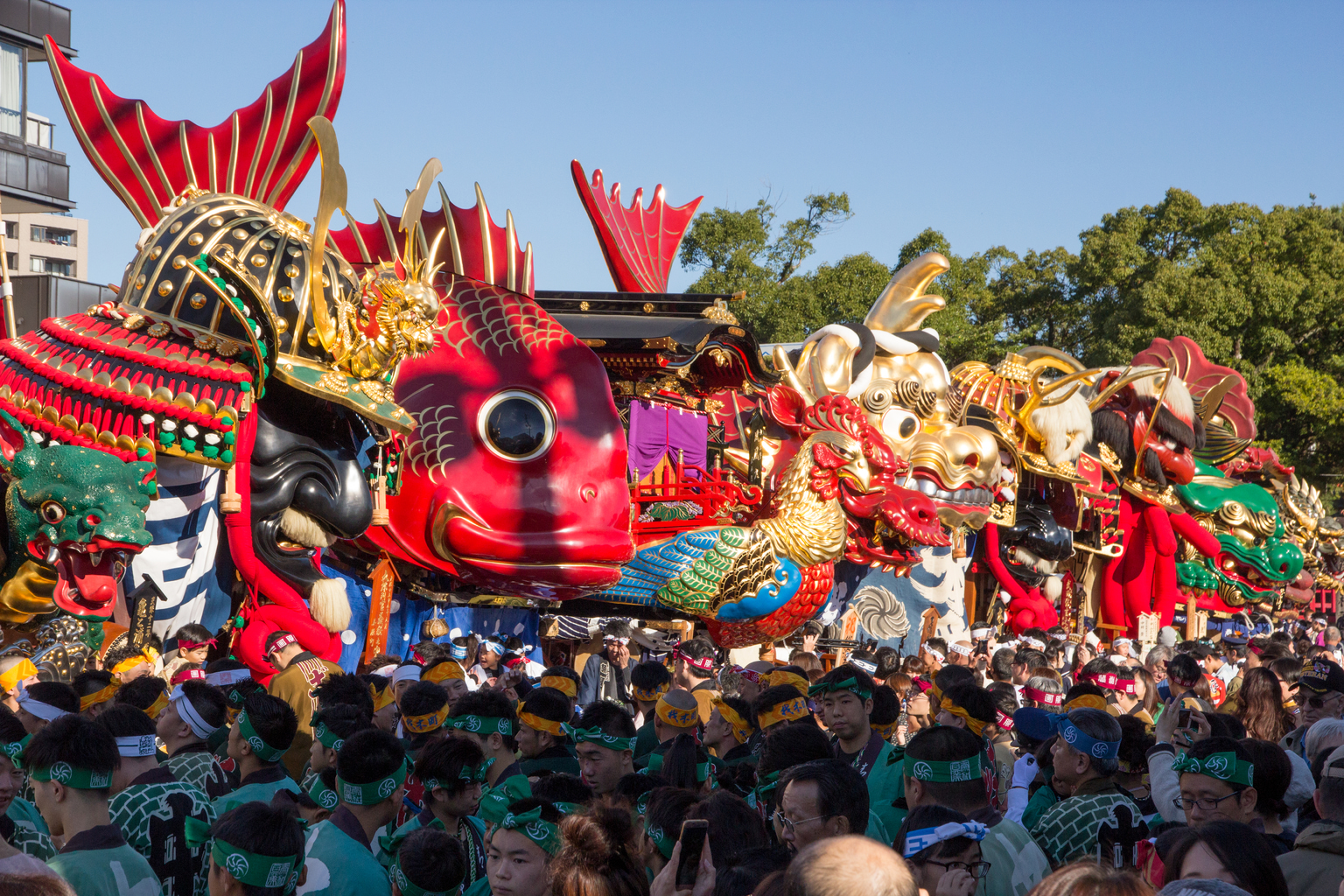
Karatsu Kunichi Festival
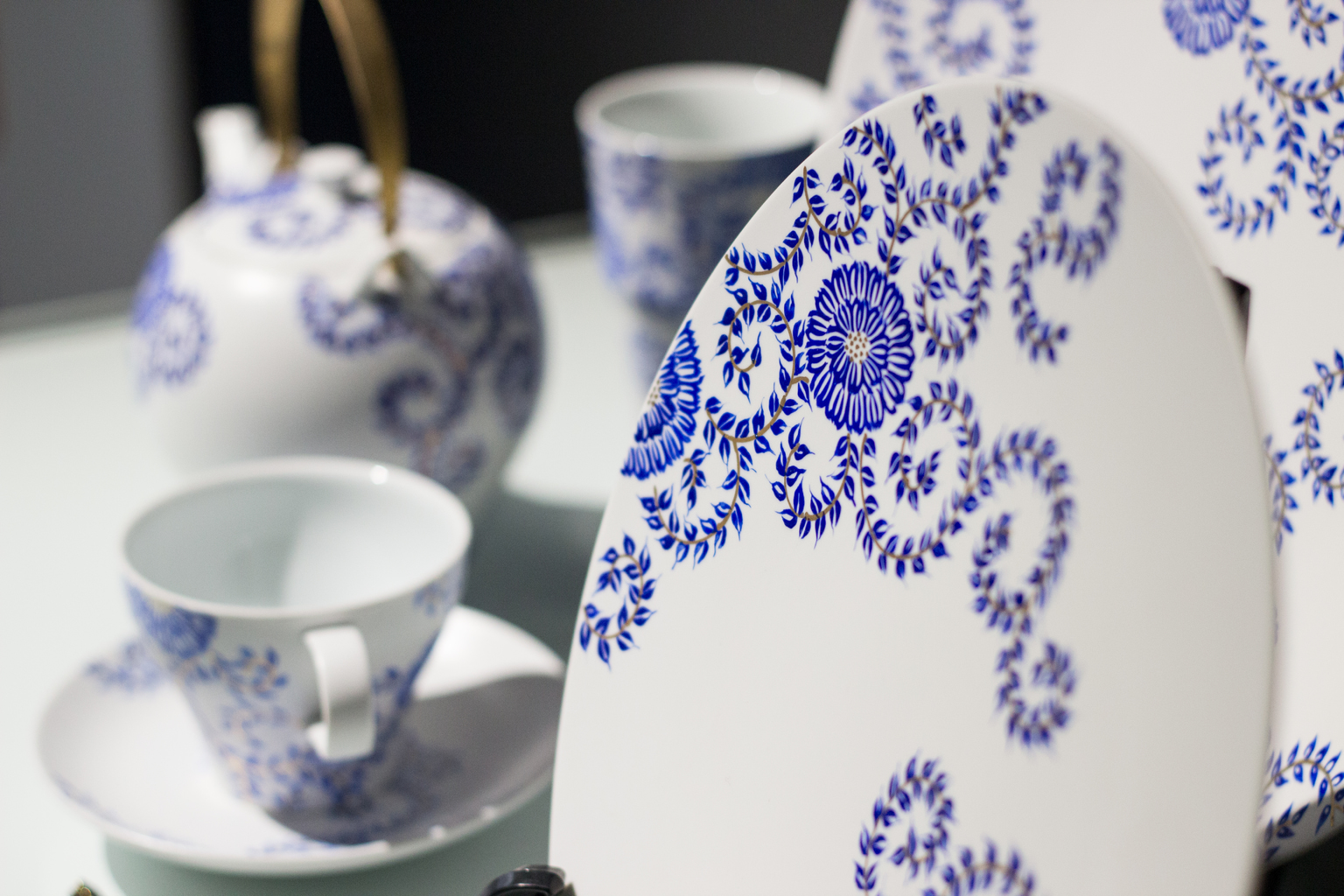
Ceramics from Saga
In the western part of Saga are Arita and Imari, two old towns where the streets are lined with pottery kilns and workshops, along with picturesque historic buildings. Restaurants throughout Saga Prefecture serve food on beautiful Arita and Imari ware (as well as Karatsu ware) while ceramic statues and decorations can be seen on streets and buildings of both towns.
Hidden up the mountain from Imari is the Okawachiyama village. This is where the personal kiln of the Nabeshima domain was located, away from people who would steal their advanced ceramic technology. The village is home to a series of old buildings and the streets are lined with cute galleries and ceramics shops. The ornate bridge made with porcelain tiles is one of the landmarks of Okawachiyama.
A 40-minute train ride from Imari Station is Kami-Arita Station. Arita is said to be the origin of porcelain in Japan. On the north side of the station, the main street is lined with old houses, shops and galleries exhibiting the colorful Arita pottery.
Off the main road you will find the Tonbai Wall alleys. These cobblestone streets are still lined with walls that were built around the potters’ houses using fireproof bricks. One of the most interesting sites of Arita is Tozan Shrine, where the torii gate and komainu guardian statues are made of porcelain.
This part of Saga is also home to beautiful nature spots like Mifuneyama Rakuen and the Kasuga Gorge, especially scenic during autumn. The nearby city of Ureshino is known for its tea plantations that produce high quality green tea used throughout Saga Prefecture. The picturesque streets of this hot spring resort town are also lined with old-fashioned buildings and baths. Its hot spring waters are famous for their skin-beautifying properties.
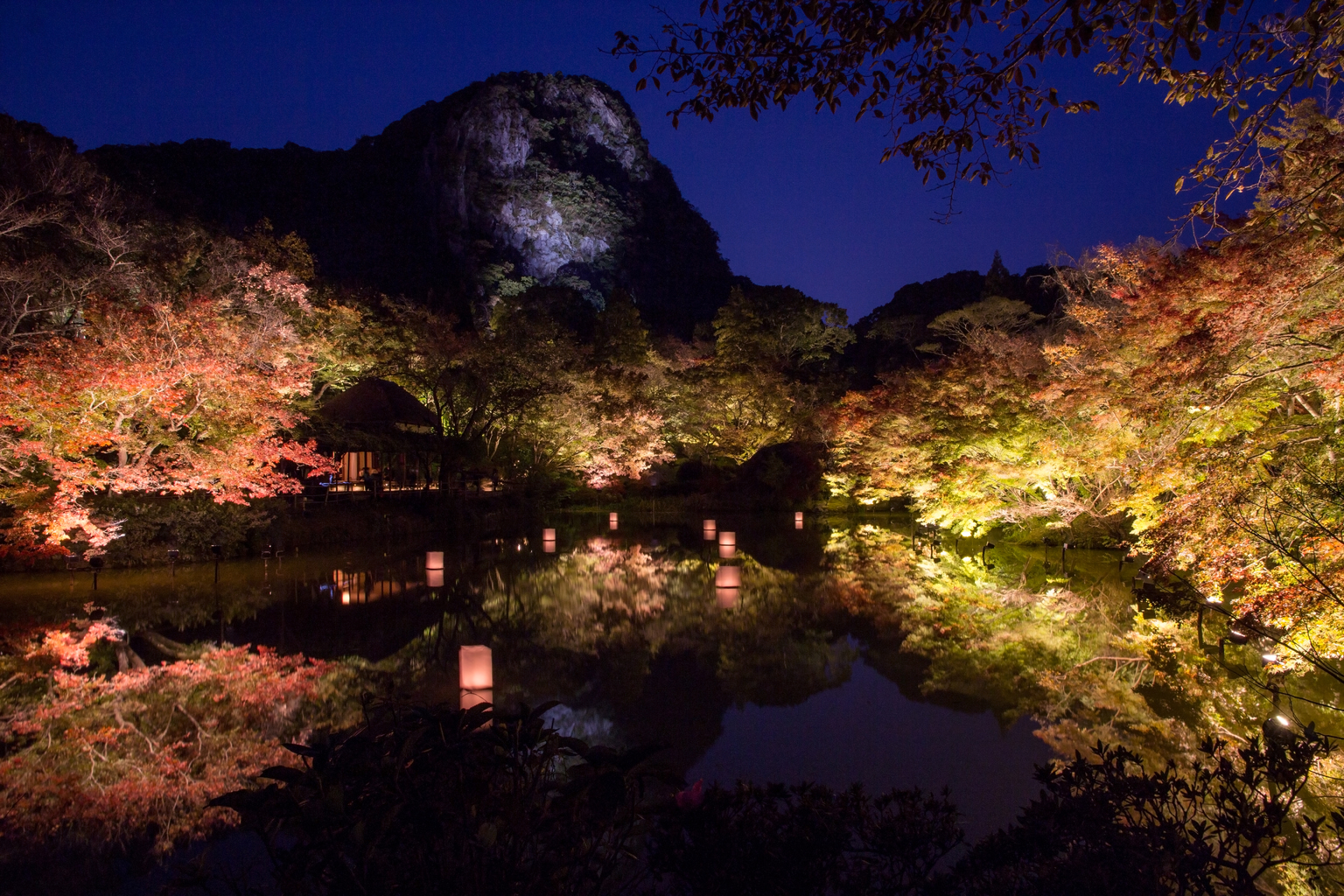
Mifuneyama
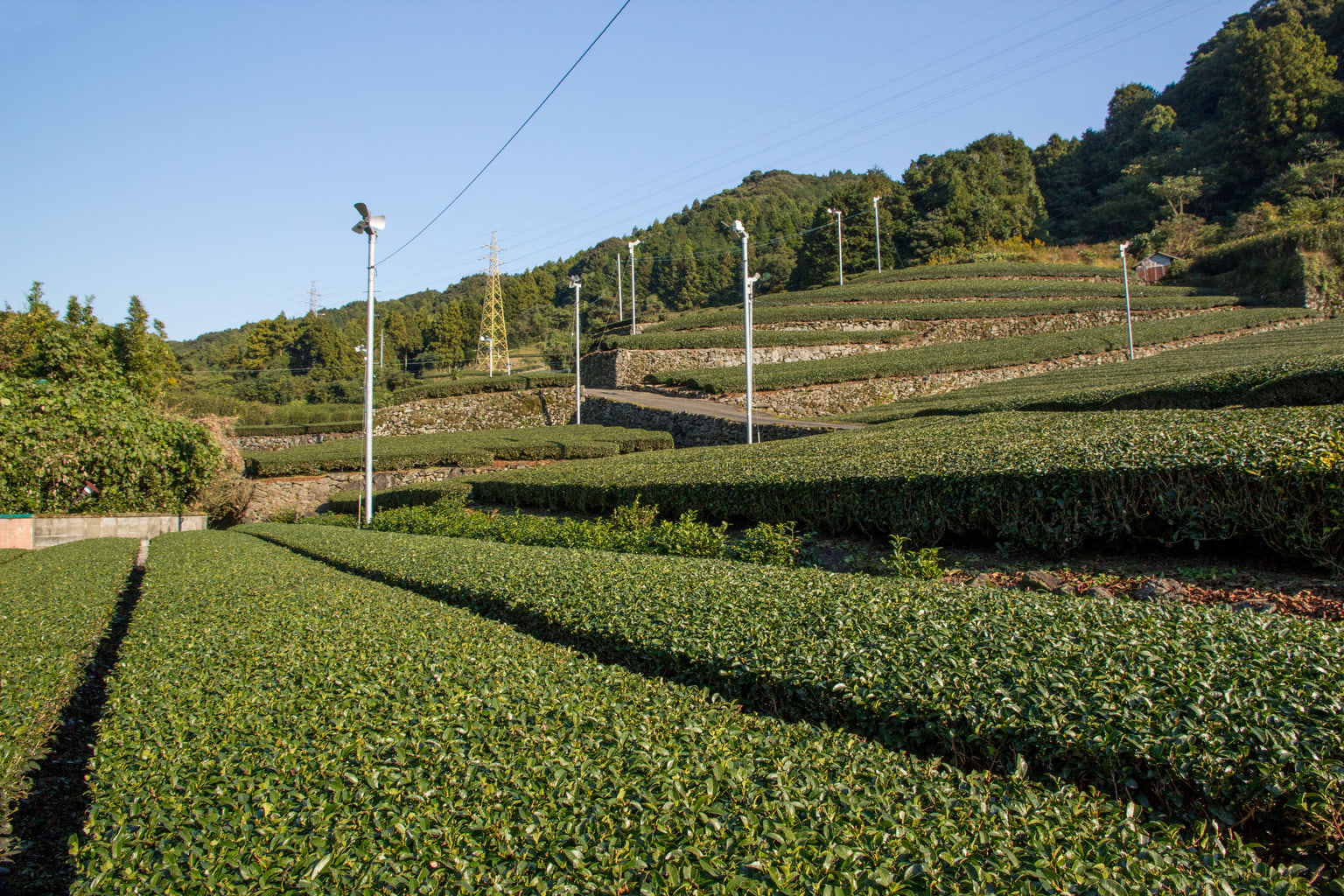
Ureshino Tea Plantations
Along with baths and hot spring inns, you will also find foot baths along the streets. These spots are free to use and are perfect for soaking your feet after a day of exploring. There are also steam baths where you can expose different parts of your body to the steam from a hot spring.
Close to Ureshino is Takeo, another hot spring town famous for the red gate that marks the entrance to its public baths. These facilities are open from early morning to late at night and entrance can be as cheap as ¥400. Here you can enjoy Takeo’s silky-smooth waters in a variety of indoor and outdoor baths.
In southern Saga Prefecture are the cities of Kashima and Tara, facing the Ariake Sea. The beaches of Kashima are known for their large mudflats, which offer many kinds of activities during the low tide. The Gatalympics are a famous event held in the Kashima mudflats where participants challenge each other in a series of fun games that get them completely covered in mud.
Kashima is also home to Sakagura-dori. Once abounded with merchants’ houses and other shops, this street is now filled with preserved historic buildings, several of which still house thriving sake breweries.
Meanwhile, Tara, a quiet rural town on the southern coast, produces local delicacies including Takezaki crabs, oysters, Mandarin oranges and nori seaweed. Mutsugoro no kabayaki (grilled mudskipper) is an unusual dish found at the mudflats of the Ariake Sea.
Speaking of food, Saga Prefecture enjoys the blessings of both the land and the sea. Boiled tofu is a specialty found in Ureshino along with green tea, while Arita is famous for godofu, a tofu with a pudding-like texture. Imari boasts its very own brand of wagyu beef. Yobuko in northern Saga Prefecture is famous for squids. As for alcohol, while shochu is the mainstay in the rest of Kyushu, Saga Prefecture specializes in the production of sake.
In Saga Prefecture you’ll find beauty in simplicity. Travel at your own pace and dive into the rural life, discovering secret landscapes, silent gods and regional cuisine.

SHOP FOR JAPAN’S BEST POTTERY
See the porcelain town Arita and find Japan’s best pottery!
For an extra 5% off use our coupon code TOKYOWEEKENDER during check-out.

